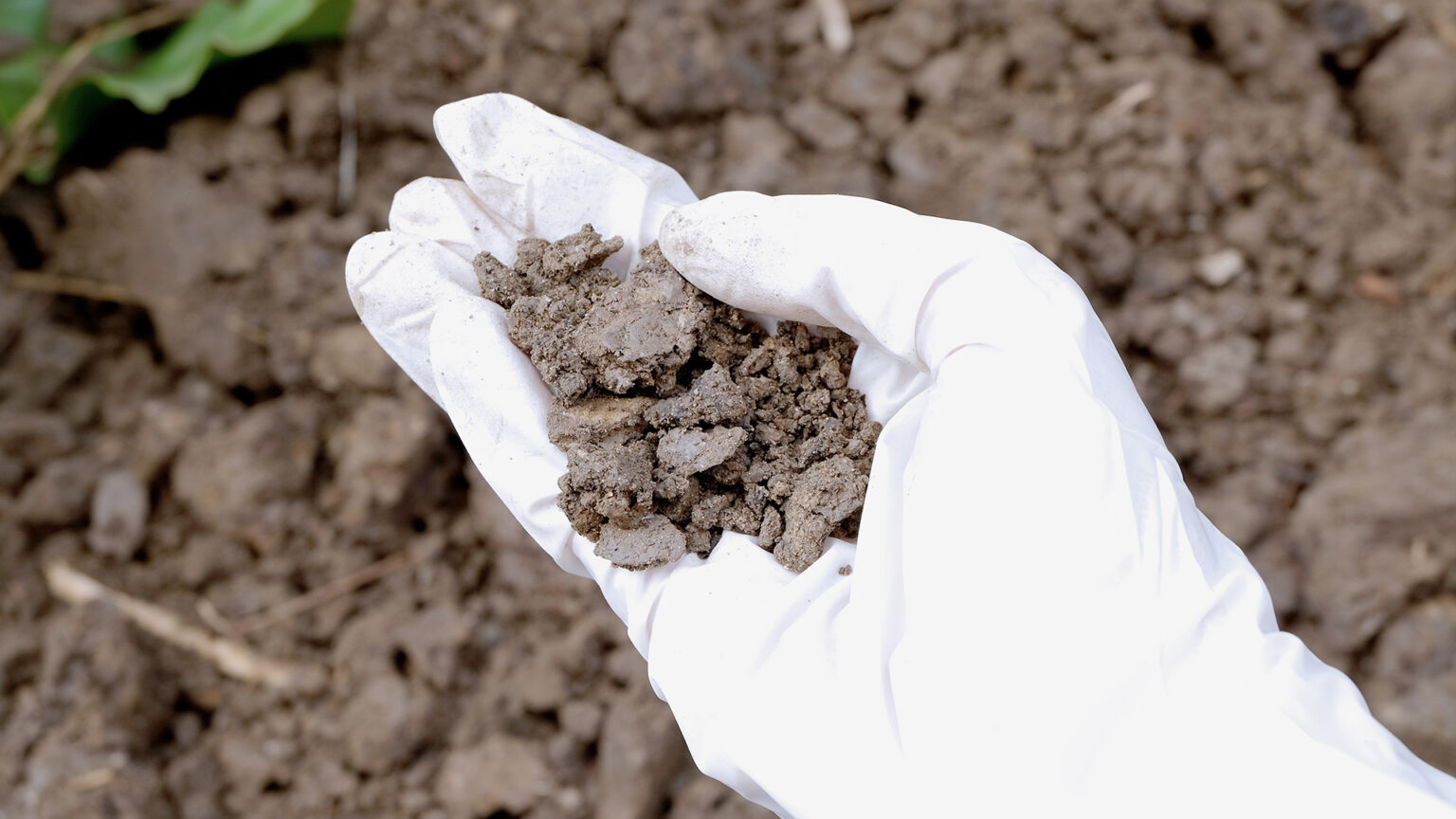Understanding Land Contamination – Causes, Risks, and Solutions
As urban development continues to rise, land availability becomes increasingly limited, prompting developers and property owners to explore previously unused or industrial sites for new opportunities. However, not all land is immediately suitable for use. A hidden threat beneath the surface—land contamination—can create serious environmental, health, and financial challenges.
At Azure Group, we believe that understanding the causes, risks, and implications of land contamination is essential for responsible development and environmental stewardship. In this blog post, we’ll explore everything you need to know about land contamination, including its origins, impacts, detection, and the importance of expert support in managing contaminated land.
What is Land Contamination?
Land contamination occurs when hazardous substances are present in the soil, groundwater, or surface water of a site. These pollutants may be natural (such as arsenic in rocks), but more commonly, they are the result of human activity—such as manufacturing, mining, chemical spills, or improper waste disposal.
These substances may remain in the environment for decades or even centuries, posing long-term risks to people, animals, and ecosystems. Even if the contamination occurred years ago, the lingering pollutants can still impact modern-day development.
Common Sources of Land Contamination
There are a variety of activities that contribute to land contamination. Some of the most prevalent sources include:
- Industrial facilities – Past use of chemicals, solvents, and metals in manufacturing processes often leaves behind contaminated soil.
- Service stations and fuel depots – Leaking underground fuel tanks and spills can lead to petroleum-based pollution.
- Agricultural operations – Pesticides, herbicides, and fertilizers can contaminate the soil and leach into groundwater.
- Old landfill sites – Historical dumping grounds may contain toxic waste, asbestos, and unknown chemical mixtures.
- Mining and mineral extraction – These activities disturb natural soils and expose heavy metals, often creating acidic or toxic ground conditions.
- Rail yards and transportation corridors – Oil, fuel, and chemical residues often accumulate in these zones over time.
Each contaminated site is unique, and proper assessment is critical to identifying specific risks and planning appropriate action.
Types of Contaminants
The materials found on contaminated land vary depending on the site’s history and the nature of the pollutants. Common contaminants include:
- Heavy metals (lead, arsenic, mercury, cadmium)
- Petroleum hydrocarbons (diesel, kerosene, gasoline)
- Asbestos
- Chlorinated solvents
- Polycyclic aromatic hydrocarbons (PAHs)
- Pesticides and herbicides
At Azure Group, we conduct detailed environmental assessments to determine which substances are present and how they might affect human health or the surrounding environment.
Risks Associated with Land Contamination
The presence of land contamination presents a broad range of hazards, which can be grouped into three primary categories: health, environmental, and financial/legal risks.
1. Human Health Risks
Exposure to certain contaminants—either through direct contact, inhalation of dust/vapors, or ingestion—can result in serious health issues. This is particularly dangerous for vulnerable populations like children, the elderly, and individuals with compromised immune systems. Health risks may include:
- Skin irritation or burns
- Respiratory problems from inhaling volatile compounds
- Neurological damage or developmental issues
- Long-term illnesses such as cancer from prolonged exposure to carcinogens
2. Environmental Damage
Contaminants can harm the natural environment by:
- Polluting groundwater and nearby waterways
- Degrading soil quality, making it infertile or unsafe for vegetation
- Harming wildlife and disrupting food chains
- Destroying biodiversity in sensitive ecosystems
3. Financial and Legal Liabilities
Unidentified or unmanaged land contamination can have significant legal and financial consequences:
- Decreased property value
- Delay or denial of building permits or financing
- Expensive cleanup costs
- Legal liability for developers or property owners
- Reputational damage to companies associated with environmental negligence
That’s why partnering with experts like Azure Group is essential to avoid unexpected setbacks in your development plans.
How is Land Contamination Detected?
Proper assessment of land contamination is typically done through a phased process:
Phase I – Preliminary Environmental Site Assessment (ESA)
This involves reviewing historical land use records, aerial photos, and regulatory databases to identify potential risks.
Phase II – Intrusive Site Investigation
Soil, groundwater, and sometimes air samples are collected and analyzed to confirm the presence and concentration of contaminants.
Phase III – Risk Assessment and Remediation Planning
Once contamination is confirmed, experts evaluate the potential risks to human health and the environment, and develop a customized remediation strategy.
Azure Group specializes in all three phases of environmental assessment and offers expert advice tailored to each property’s unique history and condition.
How to Manage Land Contamination
Managing land contamination requires a combination of scientific assessment, engineering, and regulatory compliance. Here’s what an effective contamination management strategy typically includes:
- Risk-based analysis – Determining whether contamination poses actual harm, and under what circumstances.
- Stakeholder consultation – Communicating with regulatory bodies, local communities, and other stakeholders.
- Remediation design – Planning a suitable method to remove, isolate, or neutralize the contamination.
- Implementation and monitoring – Overseeing the cleanup process and ensuring that results meet safety standards.
When to Get a Site Assessed
You should consider a professional environmental assessment if:
- You are buying, selling, or developing land with industrial or agricultural history.
- There is visible evidence of waste, oil stains, or chemical containers.
- The property is located near known contaminated sites.
- There is a legal requirement for a due diligence report.
- You are applying for permits or financing that requires proof of environmental safety.
Delaying assessment can lead to higher costs and greater risks later. Azure Group helps streamline this process, providing clarity and confidence to property stakeholders.
Why Choose Azure Group?
At Azure Group, we bring together a multidisciplinary team of environmental scientists, engineers, and risk assessors to deliver end-to-end solutions for contaminated land. Our services include:
- Environmental site assessments (Phase I, II, III)
- Contamination risk assessments
- Remediation design and project management
- Regulatory compliance and documentation
- Post-remediation validation and monitoring
We work closely with developers, government bodies, and property investors to ensure all environmental concerns are addressed efficiently, responsibly, and in compliance with local regulations.
Final Thoughts
Land contamination is a critical issue that can dramatically affect the safety, value, and potential of a property. Whether you are a developer planning a major residential complex or a homeowner with concerns about your backyard, understanding the risks and taking proactive steps can make all the difference.
Don’t let hidden contamination disrupt your plans. Partner with Azure Group—your trusted environmental advisor—to navigate the complexities of contaminated land and ensure your site is safe, compliant, and development-ready.



